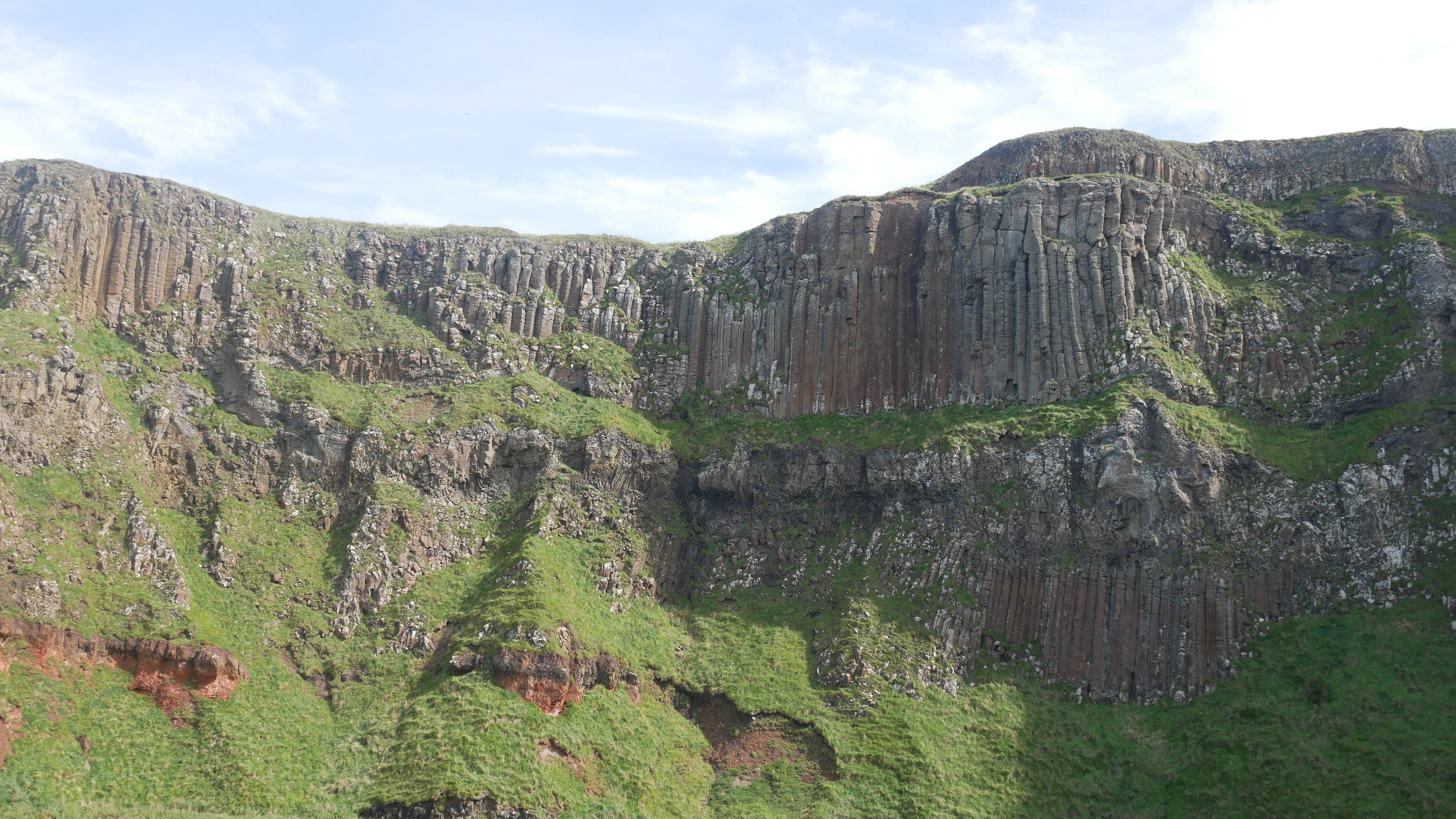Giant’s Causeway
Myth and legend meets beauty and tranquility
In the far northern region of Northern Ireland stands a fascinating display of hexagonal rock formations brushed by the northern coastline. It is said to have former giants live in these areas, according to Irish mythology. Thousands of people from all over the world flock here to take in its unique beauty and stories. With a gorgeous Celtic view like this, it’s easy to see why so many visitors come each year.
According to legend, Finn McCool, a giant living in this area, wanted to create a causeway to bridge himself to face the rival Scottish giant, Benandonner. When he saw how much bigger and scarier Benandonner was, he fled back to his home, causing commotion to Benandonner. With the help of his wife, he disguised himself as a baby so he wouldn’t get recognised by Benandonner. When Benandonner showed up, he was greeted by McCool’s wife with a meal. Seeing how big the “baby” McCool was, he was afraid of how much larger the father would be, so he suddenly ran away, breaking pieces of the causeway to Scotland.
While this may just be mythology, there is a true story to what happened here, even farther back into the past. It is said that an ancient volcanic eruption occurred over here about 65 million years ago. This eruption forced the tectonic plates to stretch and break. Lava was spread out all over this area, and the parts began to cool quickly. As it cooled, it began to crack, creating these basalt pillars. These pillars range in centimeters while others are in the upper meters in length. What makes it so intriguing is how it forms a natural staircase for people to climb. It is as if giants placed them there themselves.
If you do not feel mobile enough to walk the giant’s causeway, there is a shuttle that takes you from the entrance to the main area with the pillars (staircase). From there, you can get off and sit at one of the many benches. For those who can walk/hike, the causeway stretches about 2 miles. It is an easy hike, so many will not find it too difficult. Whether you are hiking the causeway or just sitting and enjoying the atmosphere, it is equally nice to take in the fresh air and enjoy the beauty of this unique land. Be careful where you walk, though. My first visit, I twisted my ankle. On the second trip, my husband twisted his. Just watch where you’re walking, especially if you walk up the natural staircase. Additionally, listen to the guides if they are instructing where you walk. Many injuries could have been prevented by those listening to the guides on how to walk up/down the rocks.
Perhaps the most difficult part of giant’s causeway is just getting there. It is rather secluded from the rest of Northern Ireland and is more than an hour from Belfast. While bus tours are always available, they can be costly and you probably won’t be happy by the limited time you have at the causeway. If you rent a car, petrol can be very expensive out there and the roads are TERRIBLE. We recommend hopping on a public transportation bus for the best value of money and time. There are several stations around Belfast that can take you directly to Giant’s Causeway for about £10 round trip. There are a few buses that leave Belfast in the morning and return to Belfast in the afternoon/evening. It will take about 45 minutes longer than renting a car, but it is MUCH cheaper and less stressful. Also, if you know you’re going to be visiting more than an hour, we suggest you bring a picnic. Outside food is allowed - there’s something about sitting on the staircase enjoying a picnic while taking in the sea breeze that makes the trip more meaningful.
We believe you will enjoy your visit to Giant’s Causeway. Personally, we think it’s the best and most beautiful part of Northern Ireland. It’s definitely worth it to make a visit if you’re going to be in the area… and maybe you’ll catch some glimpses of a giant in the distance!










